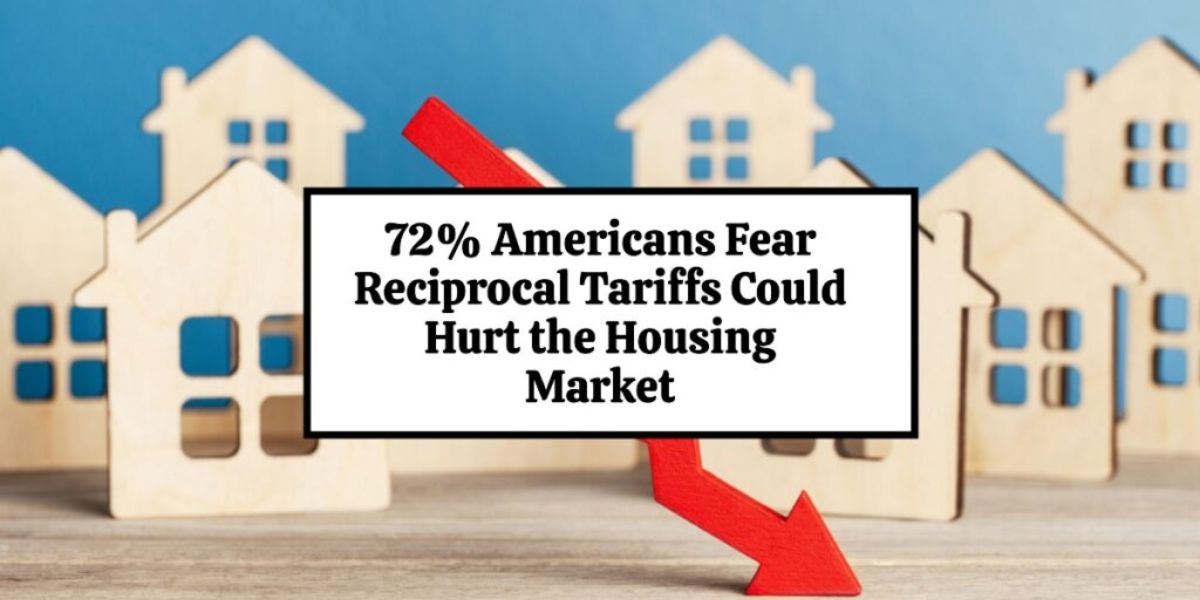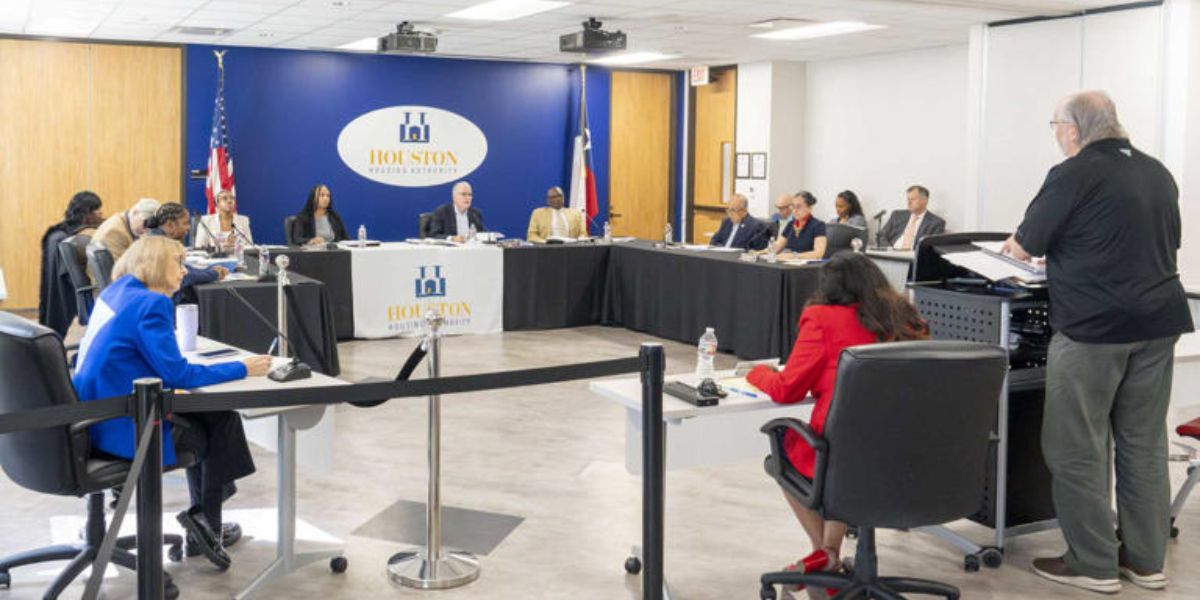Chinese investment in U.S. real estate slowed down in 2024, particularly at the higher end of the market—and the current trade environment means that isn’t likely to turn around.
The most popular U.S. destinations for resident and nonresident Chinese buyers are in California, Florida and New York, and are therefore likely to feel the most impact if the trend continues. The biggest loser will likely be California, as the latest figures show the state attracts one-quarter of all international Chinese home purchases in the U.S. The latest data available from the National Association of Realtors (NAR) covers the 12 months ending in March 2024, and the measure accounts for buyers from mainland China, Hong Kong and Taiwan.
Chinese investment has slowed down in many of the California towns that have been popular among wealthy Chinese buyers, including Palo Alto and Cupertino in Silicon Valley; a stretch of the San Gabriel Valley near Los Angeles; and Palos Verdes in the South Bay area, according to brokers there. But that’s a continuation of a larger trend, as well as a symptom of broader macroeconomic conditions.
“It was already slowing down, but with the tariffs and everything you’re definitely seeing a slowdown,” said Maggie Ding, a broker in Compass’s Torrance office in the South Bay. “With all the uncertainty, it’s causing people to wonder if they should be investing in the U.S. at this point.”
Tense or deteriorating relations between China and the U.S. affects both direct investment, as well the flow of Chinese students and professionals who are an integral part of many areas of America’s economy, including crucially, the Silicon Valley ecosystem.
Of course, there are many other ongoing factors affecting the trans-Pacific flow of capital, including recent weakness in the Chinese economy, stricter visa regulations in the U.S. and difficulty in getting money out of China. Most of all, Chinese investment in U.S. homes took a nosedive during the pandemic and hasn’t recovered, data from NAR shows.
But the sentiment in China toward the U.S., and vice versa, certainly has an effect as well, said Lisa Chiang, a Beverly Hills resident who lived in Shanghai for many years. It’s harder these days for Chinese students to come to the U.S., and for those who do come, it’s harder to stay after graduation, or get a work visa, which leads to fewer opportunities and a smaller network Stateside.
“We always see demand from parents of students in our colleges,” such as University of Southern California and the University of California, Los Angeles, said Joyce Rey, a Beverly Hills-based broker with Coldwell Banker Realty. Parents either buy homes for their children while they study, or as they start to build connections and roots, they look to invest in the city, she said.
Foreign buyers spend more on average than the typical U.S. home buyer, and that’s especially true for Chinese buyers. Buyers from the mainland, Hong Kong and Taiwan spent an average $1.3 million per home, more than any other foreign cohort tracked by NAR, according to the latest figures.
While some brokers have seen more of a slowdown than others, most agreed that the majority of ongoing activity was coming from people already living in the U.S.
“For the buyers that are active on the market, they’re still buying,” said Amy Wong, a realtor in the Palo Alto area.
Many of her Chinese clients are active in the tech industry and riding the same AI wave as Silicon Valley as a whole.
“It’s mostly tech money that’s flooding Palo Alto,” Wong said. “A lot of people are getting money from AI; they’re flush with money.” The activity is centered in Palo Alto, but spilling over to Sunnyvale and Cupertino as well, she said. In addition, Atherton, one of the priciest areas in the nation, is still coveted for its statement homes. Homes over $10 million there are snapped up quickly, Wong said.
For the time being, the trade war has not led to a noticeable exodus. Not many Chinese buyers are selling, or at least not more than usual, agents said.
In fact, in times of uncertainty, many people who already own properties in the U.S. view it as a safe investment, said Wong. That said, many clients who went back to China after living in the U.S. and are holding on to their properties have no plans to return or visit anytime soon because the U.S. feels less hospitable than it used to. “Five, six years ago it was warm and fuzzy, and that doesn’t seem to be the case right now,” Wong said.
Anna Wang, a broker in Keller Williams’s Arcadia office, said she thinks the effects are short term, while the economic and political situation works itself out. “For the long term, some people still think America, even if it has a lot of issues, it’s still one of the strongest countries in the world.”
Arcadia sits between San Marino and Bradbury, two pricey neighborhoods in the San Gabriel Valley area that are popular with Chinese buyers going back decades.
For instance, Wang just listed a 17,000-square-foot home in Bradbury that a Hong Kong businessman built as a replica of a historic Chinese compound.
Many buyers start off in the area, and later move to Pasadena or other neighborhoods, as they get more used to the American lifestyle. “They appreciate the space, the layouts, the natural life,” Wang said. “They really enjoy that California sunshine, outdoor living.”

 by
by 

